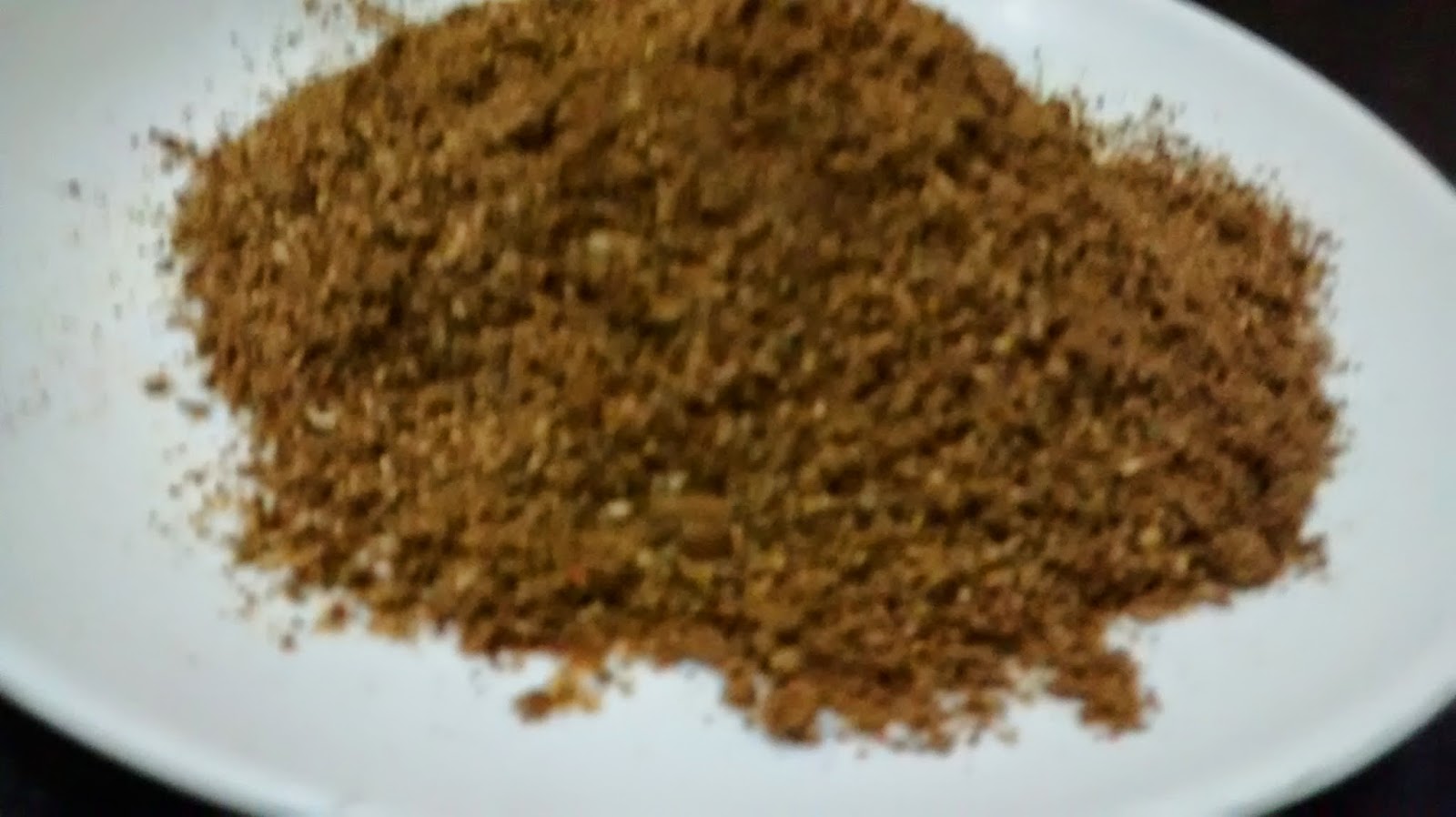I've wanted to prepare tomato pickle for a long time but I kept on postponing it because it is a long process. It depends on the climate, we need good sunshine to dry the tomato slices. Summer season is the best time to make this pickle and even tomatoes are less juicier in the summer. I asked my pinni (aunt) for the recipe of this pickle and followed her instructions.
Let's see how I made this pickle..


Let's see how I made this pickle..


What you need:
Raw tomatoes-1 kg
Chilly powder-1/2 a cup
Salt-1/2 a cup
Garlic cloves-1/2 a cup
Tamarind pulp-1/4 a cup Turmeric powder-1 tablespoon
Fenugreek seed-1 tablespoon
Mustard seeds-1 tablespoon
For seasoning:
Curry leaves-2 twigs
Red dry chilly-6
Split bengal gram or pachi sanaga pappu-1 tablespoon
Split blaqck gram or minapa pappu-1 tablespoon
Cumin seeds-1 teaspoon
Mustard seeds-1 teaspoon
Garlic cloves-5
Garlic cloves-5
Oil-1 cup or more
Preparation:
- Wash and wipe the tomatoes with a dry cloth. Cut them into thin slices and soak them in a glass bottle or jar or tupperware container after adding one tablespoon of turmeric powder and 1/4th cup of salt.
- Soak them over night and the next morning, squeeze the tomato slices and dry them under the sun on a dry cloth. Wash and deseed the tamarind and add it to the tomato juice and dry it under the sun.
- In the evening, store the tomato slices and juice separately in your kitchen. The next day, dry them again under the hot sun.
- Do like wise on the third day and now the dried tomato is ready to be pickled. Transfer half of the tomato slices and the juice and tamarind, chilly powder and 1/4 a cup of salt into a mixer jar or wet grinder. Grind it into a paste.
- Now add the remaining dried tomato slices and garlic cloves and grind it for a few seconds in the mixer. Do not grind into a fine paste. Dry roast the fenugreek seeds and mustard seeds and allow them to cool down.
- Grind them into a fine powder and mix it with the ground paste. Heat the oil in a pan and add split bengal gram, split black gram, broken dry chilly, mustard seeds, garlic cloves, cumin seeds and curry leaves one by one.
- Fry them for a minute and add the ground tomato paste to it. Cook it for 1-2 minutes on a low flame. Turn off the stove and once it's cooled down, transfer it into an air tight bottle or jar.
Enjoy the sour and spicy tomato pickle with hot rice and ghee or with dosa or chapathis.
Note: Avoid using wet spoon in the pickle to give it a long life. It can stay preserved for 5-6 months, if you take good care of it. If you add less salt, the pickle may get spoilt. So enough salt should be added. Instead of seasoning the pickle at a time, you can season it little by little whenever you want.




































